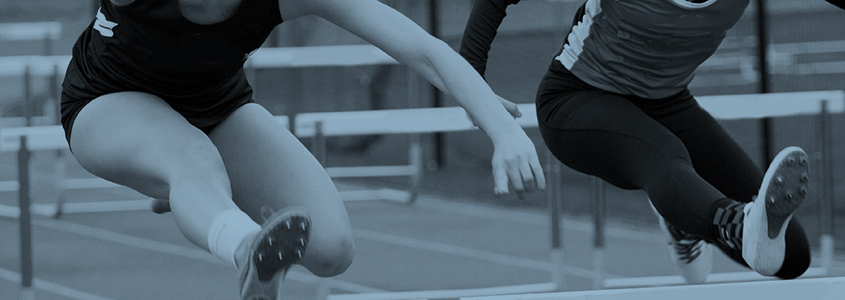Article by Mike Reinold | Featured on mikereinold.com
Great systemic review in the July-August issue of Journal of Athletic Training reviewing noncontact mechanisms of ACL injuries. Actually the issue has a few articles that I like and will be reviewing in future posts. While none of the information in this article is necessarily new, the authors did a great job putting all the relevant information together in one resource.
The authors reviewed articles from 1950-2007 and overview many factors associated with noncontact injuries including:
- Quadriceps, hamstring, and gastrocnemius muscle force
- Hyperextension loading
- Frontal-plane and Transverse plane loading
The authors also have a great addition that reviews the forces on the ACL associated with many of our rehabilitation, strengthening, and functional exercises. The information reviewed definitely supports the need for injury prevention programs.
Based on their review, the authors recommend exercises designed to:
- Prevent unopposed excessive quad force. This is an important one for me, this appears to be a biomechanical factor that is prevalent in the untrained or poorly trained athlete. The emphasis of exercises designed to provide the most dynamic joint stability through co-contraction of the muscle around the knee are extremely important for both injury prevention and rehabilitation. This is why I use a lot of closed kinetic chain exercises with 30 degree knee flexion, the position shown to encourage he most co-contraction between the quad and hamstring. This can be incorporated in exercises such as mini-squats early and progressed to balance and agility drills such as lateral agility lunges landing in the 30 degree position.
- Prevent excessive frontal and transverse plane motions. This one is a no-brainer and I think we have done a great job the last decade or so emphasizing multi-plan movements and training.
- Prevent upright position while landing, cutting, and decelerating. This is where injury prevention programs excel. Tim Hewett in Cincinnati has done a lot of work in this field and continues to show that this can be minimized with a proper training program. Do a lit review in pubmed on Hewett and you’ll find some nice articles, or click here to let me do the lit review for you: Tim Hewett on PubMed.
Interested in Injury Prevention Training?
Rose City Physical Therapy offers Sportsmetrics Injury Prevention training.
Sportsmetrics™ is a training program scientifically proven to decrease knee injuries. The program was designed by Dr. Frank Noyes and other physicians and researchers at the Cincinnati SportsMedicine Research and Education Foundation. The six-week jump-training program is comprised of dynamic warm-ups, speed, agility, jump/plyometric drills, strength training and flexibility. It focuses on improving balance and overall leg strength.
Research has shown that Sportsmetrics™ training not only increases muscular power and jump height, but also decreases impact forces at the knee. While the program was scientifically tested on females, males will also benefit from developing overall leg strength and perfecting jumping and landing mechanics.
Contact Sasha Kolbeck, MPT, DPT, OCS, COMT at our clinic for more information.



